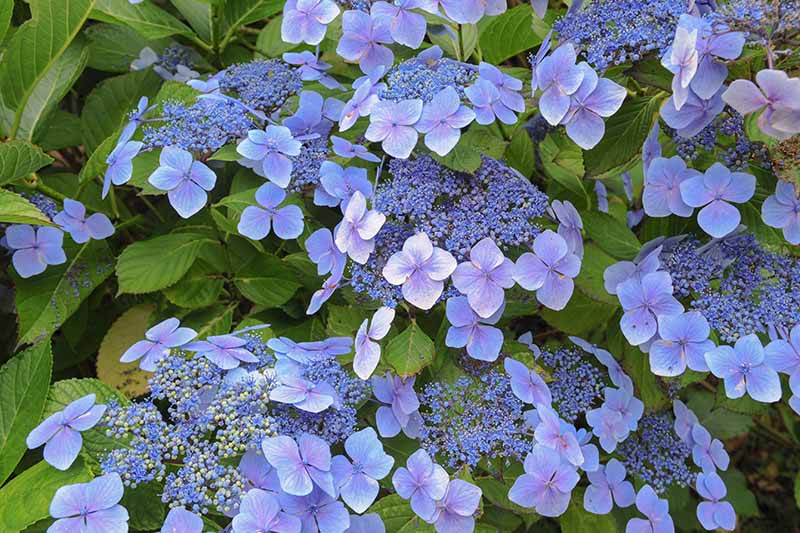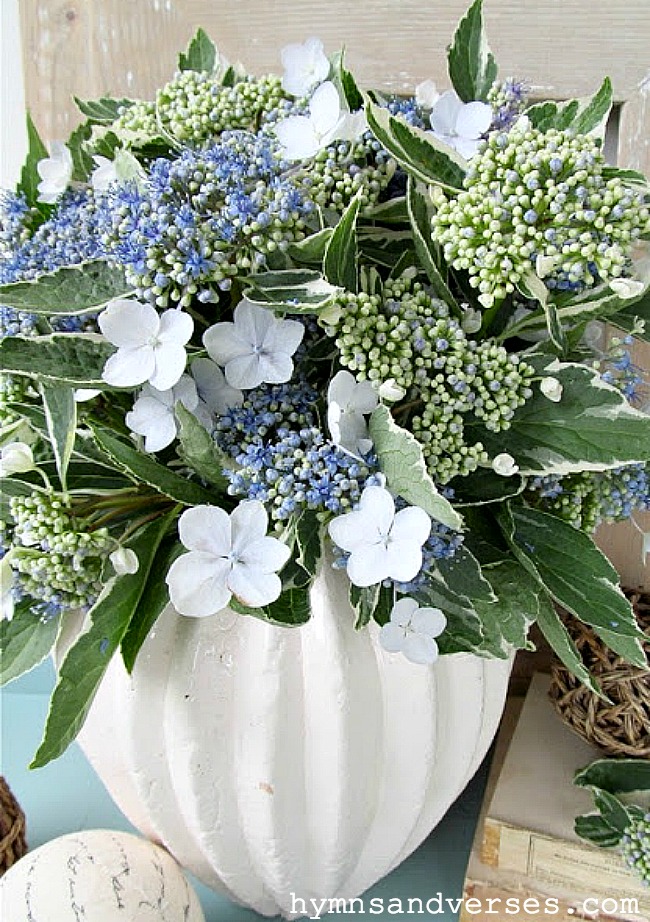Lace Top Hydrangeas: The Ultimate Guide
Lace Top Hydrangeas: The Ultimate Guide
Lacecap hydrangeas are a type of hydrangea that is known for its delicate, lacy flowers. They are a popular choice for gardens because they are relatively easy to care for and can be grown in a variety of climates.
In this blog post, we will discuss everything you need to know about lacecap hydrangeas, including their history, different varieties, how to plant and care for them, and how to prevent pests and diseases.
History of Lacecap Hydrangeas
Lacecap hydrangeas are native to Japan and China. They were first introduced to Europe in the 17th century, and to North America in the 19th century.
The name "lacecap" refers to the way the flowers are arranged. The flowers are typically made up of two types of florets: the outer florets are large and flat, and the inner florets are smaller and more delicate. The outer florets often have a lacy or fringed appearance, which gives the flowers their name.
Different Varieties of Lacecap Hydrangeas
There are many different varieties of lacecap hydrangeas, each with its own unique characteristics. Some of the most popular varieties include:
- Hydrangea macrophylla
Nikko Blue: This variety is known for its large, blue flowers. - Hydrangea macrophylla
Pink Annabelle: This variety has pink flowers that are borne on large, rounded clusters. - Hydrangea macrophylla
Limelight: This variety has lime-green flowers that turn pink as they mature. - Hydrangea macrophylla
Endless Summer: This variety is known for its long blooming period. It can bloom from early summer to late fall.
How to Plant and Care for Lacecap Hydrangeas
Lacecap hydrangeas are relatively easy to care for. They prefer full sun to partial shade, and moist, well-drained soil. They should be watered regularly, especially during the summer months.
To plant a lacecap hydrangea, dig a hole that is twice as wide as the root ball. Place the plant in the hole and backfill with soil. Water the plant well.
Lacecap hydrangeas do not need to be fertilized often. A light application of fertilizer in the spring will help to promote flowering.
How to Prevent Pests and Diseases
Lacecap hydrangeas are generally resistant to pests and diseases. However, they can be susceptible to aphids, scale, and powdery mildew. If you notice any pests or diseases on your lacecap hydrangea, you can treat them with insecticidal soap or neem oil.
Conclusion
Lacecap hydrangeas are a beautiful and versatile addition to any garden. They are relatively easy to care for and can be grown in a variety of climates. If you are looking for a hydrangea that is both beautiful and low-maintenance, then lacecap hydrangeas are a great option.
Lace top hydrangeas are a beautiful and versatile flowering shrub that can add a touch of elegance to any garden. They are known for their delicate, lace-like blooms that come in a variety of colors, including blue, pink, and white. Lace top hydrangeas are also relatively easy to care for, making them a good choice for even novice gardeners.
If you are interested in learning more about lace top hydrangeas, I encourage you to visit . This website is a wealth of information about lace top hydrangeas, including their history, care, and cultivation. You will also find a variety of photos and articles about lace top hydrangeas, as well as a forum where you can ask questions and connect with other lace top hydrangea enthusiasts.
FAQ of lace top hydrangea
Question 1: How big do lace top hydrangeas get?
Answer: The size of a lace top hydrangea depends on the variety. Some varieties can grow to be 1-1/2 to 2 feet tall and wide, while others can grow to be 4 to 7 feet tall and 4 to 5 feet wide.
Question 2: What are the best conditions for growing lace top hydrangeas?
Answer: Lace top hydrangeas prefer full sun to partial shade and moist, well-drained soil. They are hardy in USDA zones 4-9.
Question 3: How do I care for lace top hydrangeas?
Answer: Lace top hydrangeas are relatively easy to care for. They need to be watered regularly, especially during the summer months. They should also be fertilized once a year in the spring.
Question 4: How do I deadhead lace top hydrangeas?
Answer: Lace top hydrangeas should be deadheaded in the fall. This will help to promote new growth and flowering the following year.
Question 5: How do I overwinter lace top hydrangeas?
Answer: Lace top hydrangeas are hardy in USDA zones 4-9, so they do not need to be overwintered in most areas. However, if you live in a colder climate, you may want to cover your plants with a burlap sack or other protective material during the winter months.
Image of lace top hydrangea
5 different images of "lace top hydrangea" from Pinterest:
This image shows a beautiful lacecap hydrangea in full bloom. The flowers are a delicate shade of pink, with frilly edges that resemble lace.
This image shows a lacecap hydrangea in a garden setting. The flowers are surrounded by lush green foliage, and the background is a blue sky.
This image is a close-up of the flowers of a lacecap hydrangea. The flowers are a delicate shade of blue, with intricate details.
This image shows a lacecap hydrangea in a vase. The flowers are a vibrant shade of pink, and they are arranged in a beautiful way.
This image shows a lacecap hydrangea in a landscape setting. The flowers are a pale pink color, and they are surrounded by trees and other plants.




Post a Comment for "Lace Top Hydrangeas: The Ultimate Guide"